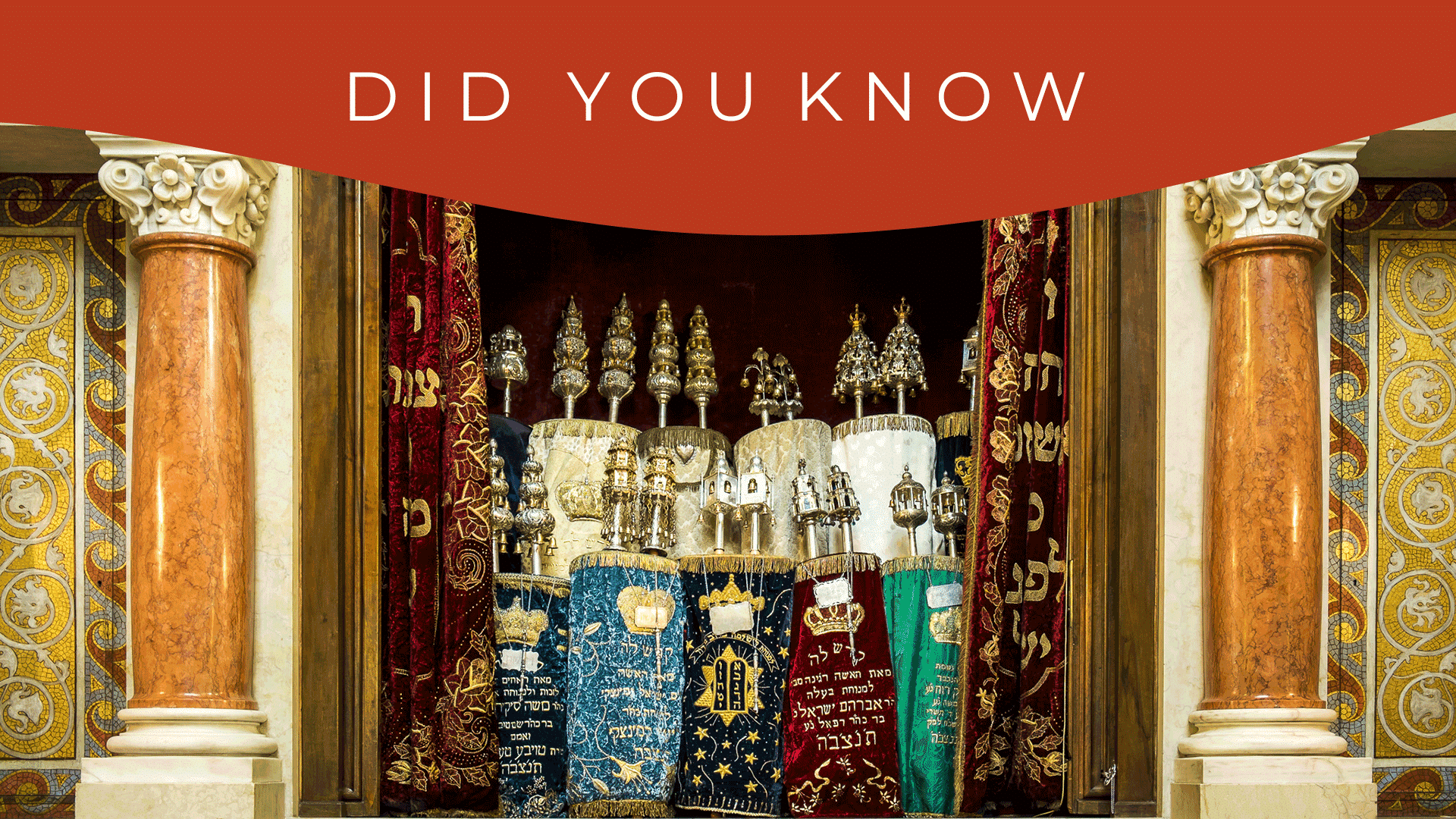Here’s a little collection of 10 facts about Portugal’s Jewish heritage (that many of us don’t know):
- Jews have lived in Portugal since Roman times, with thriving communities in the Middle Ages.
- In 1497, King Manuel I ordered the forced conversion of Jews, leading to the creation of “Marranos” or secret Jews.
- The Portuguese Inquisition (1536) targeted Jews who had converted to Christianity, often with brutal consequences.
- Descendants of forcibly converted Jews, known as “Cristãos Novos,” faced discrimination for centuries.
- In 2015, Portugal offered citizenship to descendants of Jews expelled during the Inquisition, recognizing their Sephardic Jewish heritage.
- Belmonte is a town where Jews secretly practiced their faith for centuries and still maintains a Jewish community today.
- The Synagogue of Tomar, built in the 15th century, is a key historical Jewish site in Portugal.
- The first recorded Jewish settlement in Portugal dates back to the 5th century, long before the Middle Ages.
- The Portuguese royal court employed many Jewish advisors, particularly in trade and diplomacy, during the 14th and 15th centuries.
- Portugal’s Jewish heritage is celebrated annually during the “Shalom Festival” in Lisbon, showcasing Jewish culture and history.
While we’re at it, here are 12 facts about Portugal in general that you may not know either:
- Portugal is the oldest nation-state in Europe, having established its current borders in 1139 AD.
- The Portuguese language is the official language of 9 countries, including Portugal itself, Brazil, Angola, Mozambique, and others, making it the sixth most spoken language in the world.
- Portugal is home to the largest cork forest in the world and is the largest producer of cork, supplying more than 50% of global demand.
- The Vasco da Gama Bridge in Lisbon is the longest bridge in Europe, spanning over 10 miles (17.2 kilometers).
- The University of Coimbra, founded in 1290, is one of the oldest universities in Europe and a UNESCO World Heritage Site.
- Portugal is home to Europe’s westernmost point, Cabo da Roca.
- The Portuguese town of Óbidos is known for its annual chocolate festival, attracting visitors from around the world.
- The famous Portuguese pastry, Pastel de Nata, was created by Catholic monks in the 18th century.
- Portugal’s national symbol is the Rooster of Barcelos, which symbolizes luck, honesty, and integrity.
- Portugal is home to one of the world’s oldest bookshops, Livraria Bertrand, which opened in Lisbon in 1732.
- Portugal abolished the death penalty for all crimes, including wartime crimes, in 1867, making it one of the earliest countries to do so.
- The Portuguese introduced many global staples, such as chili peppers, potatoes, and tea, to Europe during the “Age of Exploration.”






